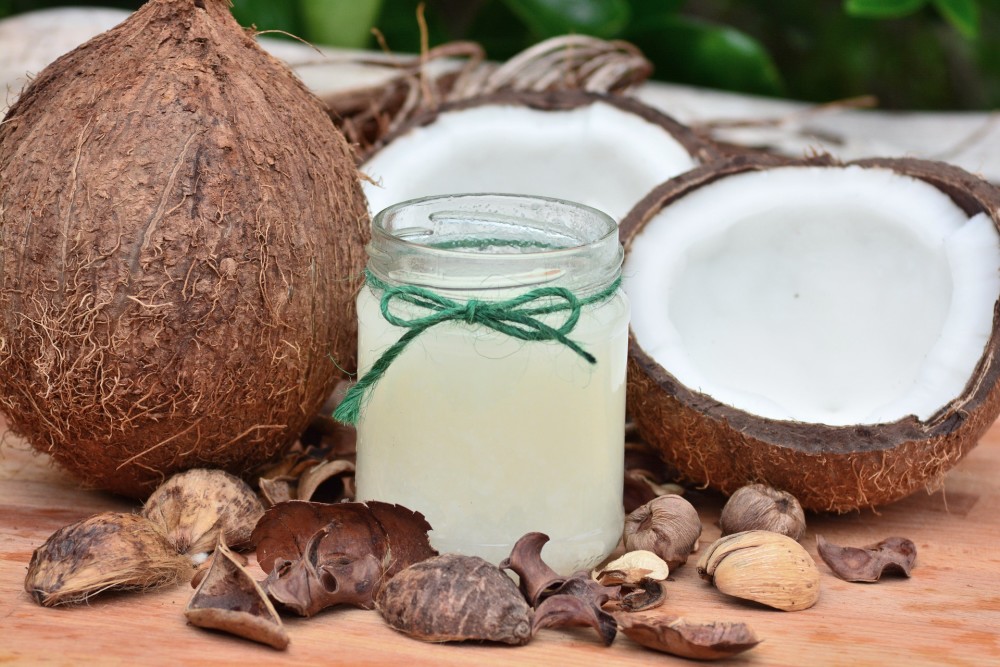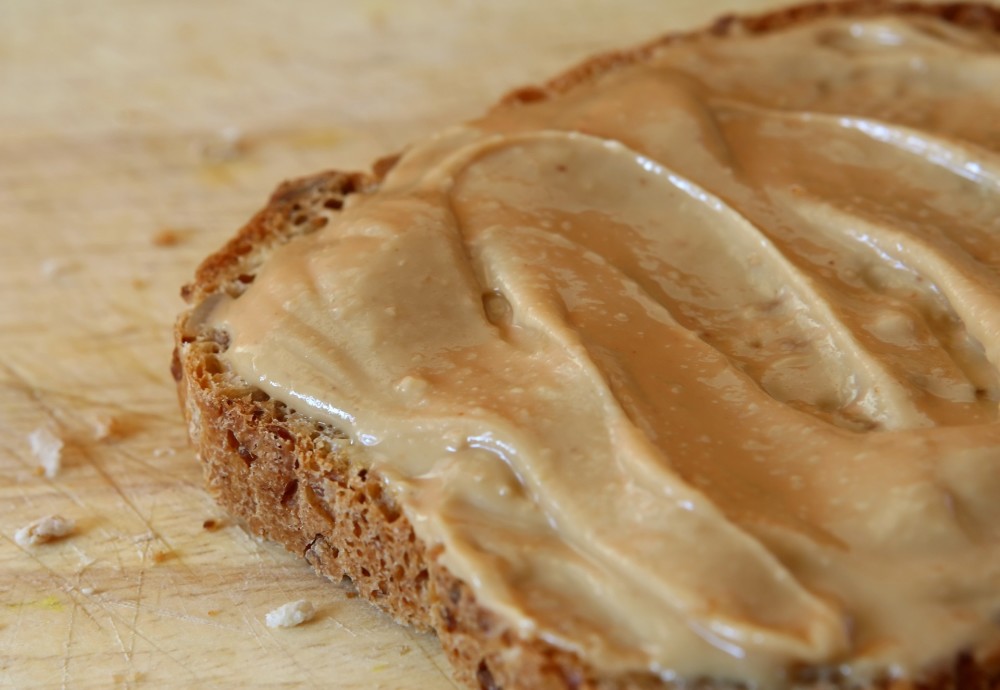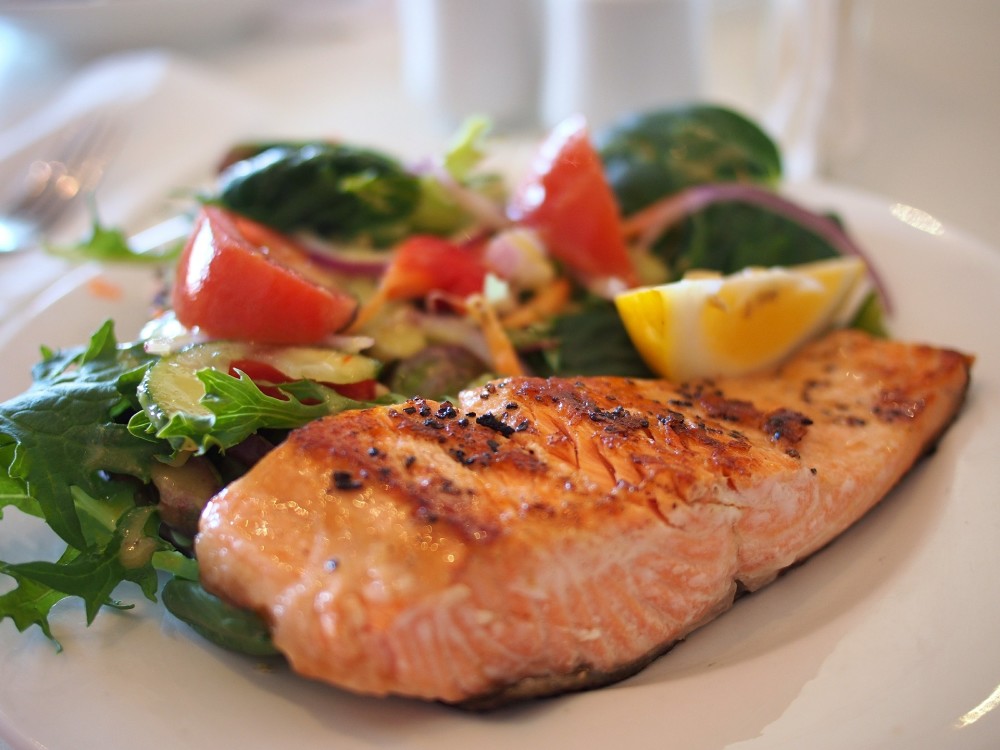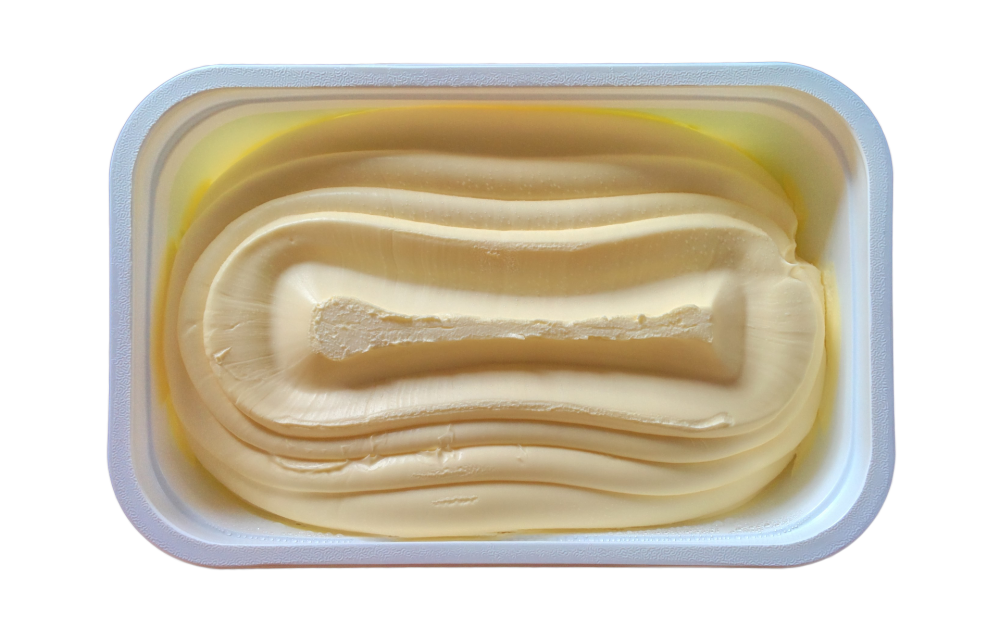Saturated fats:
This type of fat only has single bonds in the hydrocarbon tails, which means that the molecules can stack very closely together. Remember, saturated fats are solid at room temperature. Generally speaking, saturated fats are found in animal products (like red meat and full-fat dairy products). These should be avoided due to a positive association with increased low-density lipoproteins (LDL), which is associated with an increased risk of heart disease and hypertension.
I may be hearing a “Woah, slow down” from some of you nutrition whizzes out there. In the last decade there has been a lot of very strong evidence published about medium-chain triglycerides (MCT). Basically an MCT is a saturated fat, but the hydrocarbon chain is much shorter than those found in animal products. This makes MCTs behave more like an unsaturated fat, and they potentially possess some very intriguing benefits, such as a thermogenic effect, antibacterial effect, and positive effect on neurological function. These shorter MCTs are found in plant-based products like coconut oil. But, before you start looking online for MCT products, remember the research is still very young, and the potential benefits may have been over-hyped.



